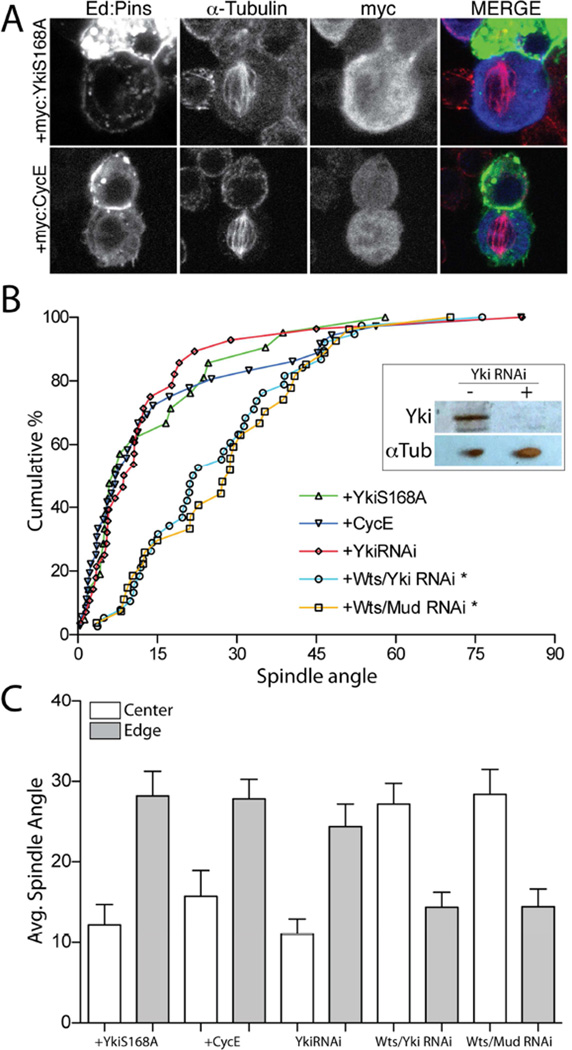Figure 3. Hippo signaling acts independently of its canonical effector, Yorkie, to control S2 cell spindle orientation.
(A) Cells were transfected with Ed:GFP:Pins together with either Yorkie-S168A (YkiS168A) or cyclin-E (CycE) as N-terminal c-myc tag fusion constructs. Cells were fixed and stained with antibodies against α-tubulin and the c-myc epitope. (B) Cumulative percentage plots for indicated genotypes. Neither CycE nor YkiS168A affect Ed:Pins function; RNAi against Yki was also without effect. Combined treatment of Wts and Yki RNAi or Wts and Mud RNAi resulted in spindle orientation similar to either Wts or Mud RNAi alone. Inset: western blot (20 µg total S2 cell lysate protein) indicating robust knockdown of Yki protein expression in cells treated with YkiRNAi. *, p < 0.05 compared to Ed:Pins, ANOVA followed by Tukey’s post-hoc test. (C) Spindle angles were measured relative to the Ed:Pins crescent edge (grey filled bars) and center (open bars) for each condition. In each genotype, edge and center measurements were statistically separated, p < 0.05, ANOVA followed by Tukey’s post-hoc test.

